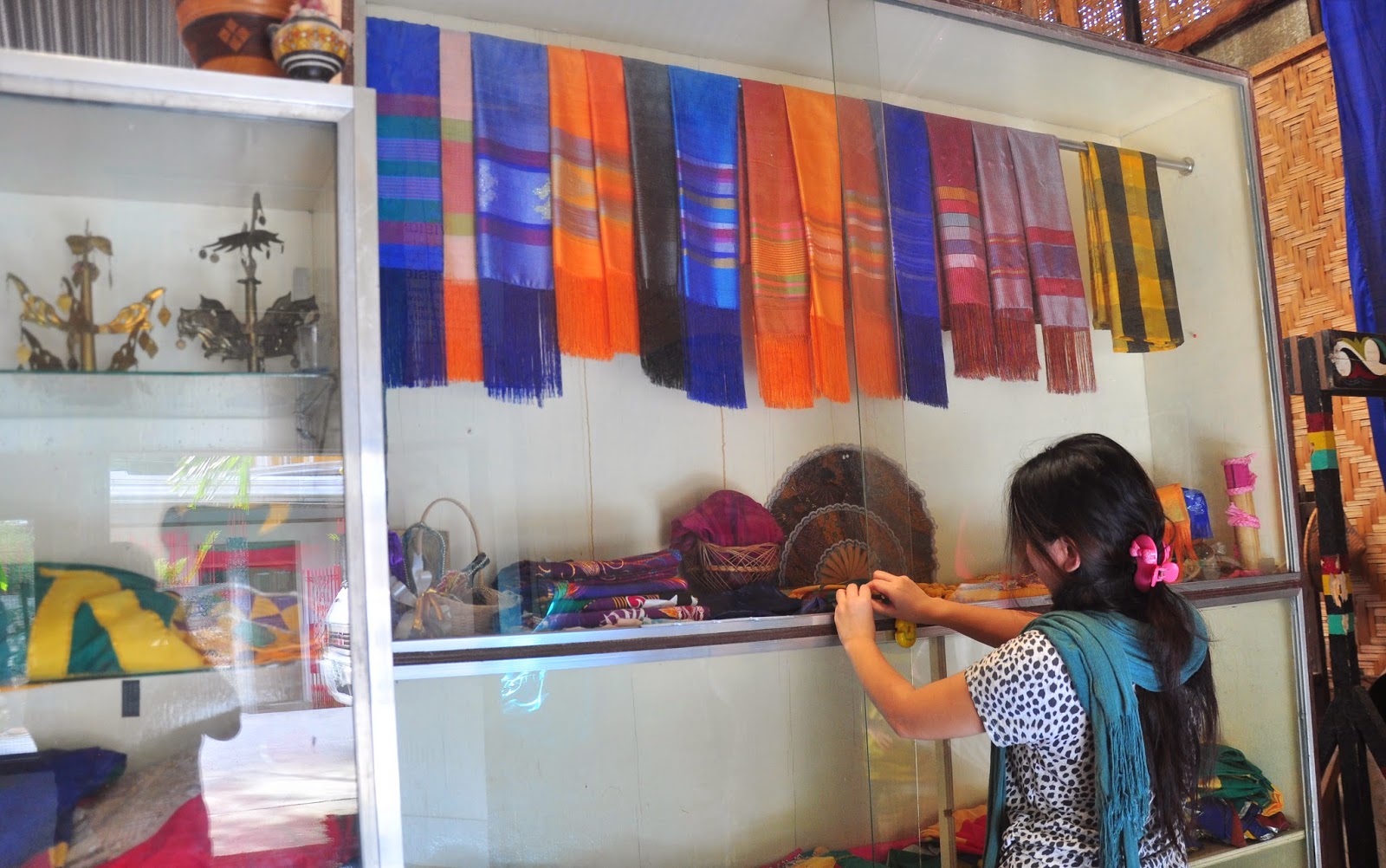If you happen to find yourself wandering alone in the ivory sandy shores of Puerto Galera, Oriental Mindoro, sink in to it.
Here are 10
steps to find solace in your solitude in the anchorage named as the ‘port of
galleons’.
1. Feel the sand as it tickles your feet. Run to the shore and let the rushing waves worship you. Nothing beats the feeling of water as it seeps into your sun-kissed skin.
2. Strip off to your bikini, lounge on the beach and get the vitamin D that your body needs. While you’re at it, smile and say hi to someone who’s passing along the beach alone. Don’t pass on the chance to meet another solitary wanderer who enjoys the things you do and have wonderful stories to share.
3. Indulge on a full-body massage while on the beach and hear about the latest juicy gossip in town. My masseuse was quite chatty and she had me laughing and giggling all throughout the massage. The unique Mindoro lilt was like music to my ears. What a delight!
4. Bring out
that novel you wanted to read for a long time. The ambience will widen your
imagination and soon you’ll be lost in the story.
5. Daydream. Take the time to sit down and absorb the sights and sounds. Observe how the soft billowy clouds float in the ocean of sky above. Hear how the waves slowly rush to the shore as the birds chirp perching on the branches of trees nearby. Smell the ocean breeze as it blows your hair and feel it gently kiss your skin. Let your mind drift as the sun embrace you with its warmth.
6. Take a long walk at your leisure. With long stretches of beaches, the coastal town doesn’t lack for wonderful sights. Wake up early and experience another side of a tourist destination; know how local people get on with their day-to-day lives. Fishermen ready their nets and boats. Children chase each other delightfully in the streets.
7. Stand
still and witness as the majestic Mt. Malasimbo slowly peaks from its blanket
of morning fog. You’ll be lucky to see it in its full grandeur if you wait long
enough. So linger on for a while.
 8. Taste the
local produce. Puerto Galera prides itself of its dalandan and suha, the local
varieties of sweet oranges. Because they are locally grown and harvested, you
get them at their freshest and cheapest. And yes, they do taste great so make
sure to load up your backpack with them. Local produce is always the best
pasalubong.
8. Taste the
local produce. Puerto Galera prides itself of its dalandan and suha, the local
varieties of sweet oranges. Because they are locally grown and harvested, you
get them at their freshest and cheapest. And yes, they do taste great so make
sure to load up your backpack with them. Local produce is always the best
pasalubong. 9. Take a lot of photos. In this digital world, every memory can be captured easily so it's best that you use the technology. Chase the light and let your creativity capture every breathtaking view and every striking detail. And when you have the chance, share them to everyone so that they may know how beautiful the world is.
10. Watch the sun set in the horizon. For solitary wanderers, you know that in your journeys, the sunsets are the best time to reflect on the beauty of life. As the ball of fire slowly gives way to the darkness of the night, the sky bursts with myriad colors just like fireworks blasting to celebrate yet another self-finding journey.
P.S. Through
it all, don’t forget to put on sunscreen. :)





































